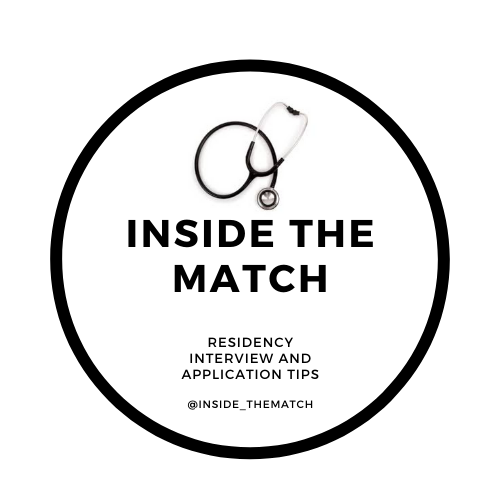Tips to Apply to Neurology as an IMG Applicant
Written by Shrinjay Vyas, MBBS
As an IMG, in the pursuit of applying for adult neurology residency in the United States, I have tips for the process. I'm an incoming PGY1 at RWJBH Trinitas Regional Medical Center and a future PGY2 at John F Kennedy University Medical Center, Hackensack Meridian Health, New Jersey.
My Journey to Match:
I matched the year of my graduation, without an extension. To do this, I started thinking about my application at the beginning of medical school. I had a passion for neuroscience and engaged in various didactics, rotations, electives, quiz competitions, and research during medical school and carried that forward to the rotations in the United States.
Crafting your application:
An important aspect to apply to residency is crafting and tailoring your application within your specialty of interest. Incorporating impactful and meaningful experiences like relevant clinical rotations, volunteer opportunities, and research specific to the specialty will strengthen your curriculum vitae and help show your interest in the field.
While USMLE Step scores are an important part of your application, failing to recognize the holistic nature of the matching journey might diminish your chances to match.
From my match experience, I was able to deduce that: as an applicant, you need to stand apart during the application process. Below are some tips to do this:
Construct for your personalized ERAS application:
1. Get involved in interesting hobbies & activities:
From my experience in the neurology interview season, the interviewers are looking for an applicant who can handle the forthcoming stress and demanding challenges encountered during residency. So as an applicant, showcase your personality to display your strengths.
Examples that you might want to incorporate through ERAS descriptions include:
· show how you manage stress
· exhibiting how you plan your day-to-day routine to accomplish your goals
· showcase examples where you have worked with a team
2. Try to actively engage in volunteer activities that relate to neurology:
For Example: Organize and volunteer in campaigns related to awareness of neurodegenerative disorders in the community; join the emergency medical team (EMT) in your county to highlight your dedication and active engagement in the public health sector; provide your services in an adult day care or an old age home in your area which shall reflect the desired component of community involvement in your application etc.
3. Networking is key, and remember to be confident and professional.
Networking might make the difference between a matched and an unmatched applicant, especially if both applicants have great step scores, a research background, and clinical experience. If you are doing a clinical rotation, try to meet the Program Director, Associate Program Director, and faculty you work with. You must take an effort to leave an ever-lasting impression, whether it be through your communication, interpersonal behavior, teamwork with co-residents, or perseverance throughout the rotation so that the department recognizes you as a great fit for their program.
Networking evolves as we navigate our way through medical school so it is indeed very important that you take baby steps to inculcate this skill at the start.
Throttle on the accelerator:
This is an exciting time! Good luck with the process. If you have questions, reach out to me on LinkedIn, Twitter or Instagram (find the account information below).
LinkedIn: Shrinjay Vyas, MBBS
Twitter: @Shrinjay_Vyas
Instagram: drshrinjay_vyas (Shrinjay Vyas)

